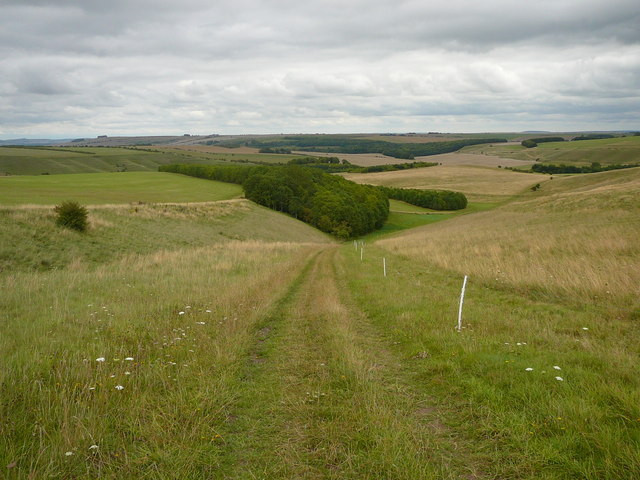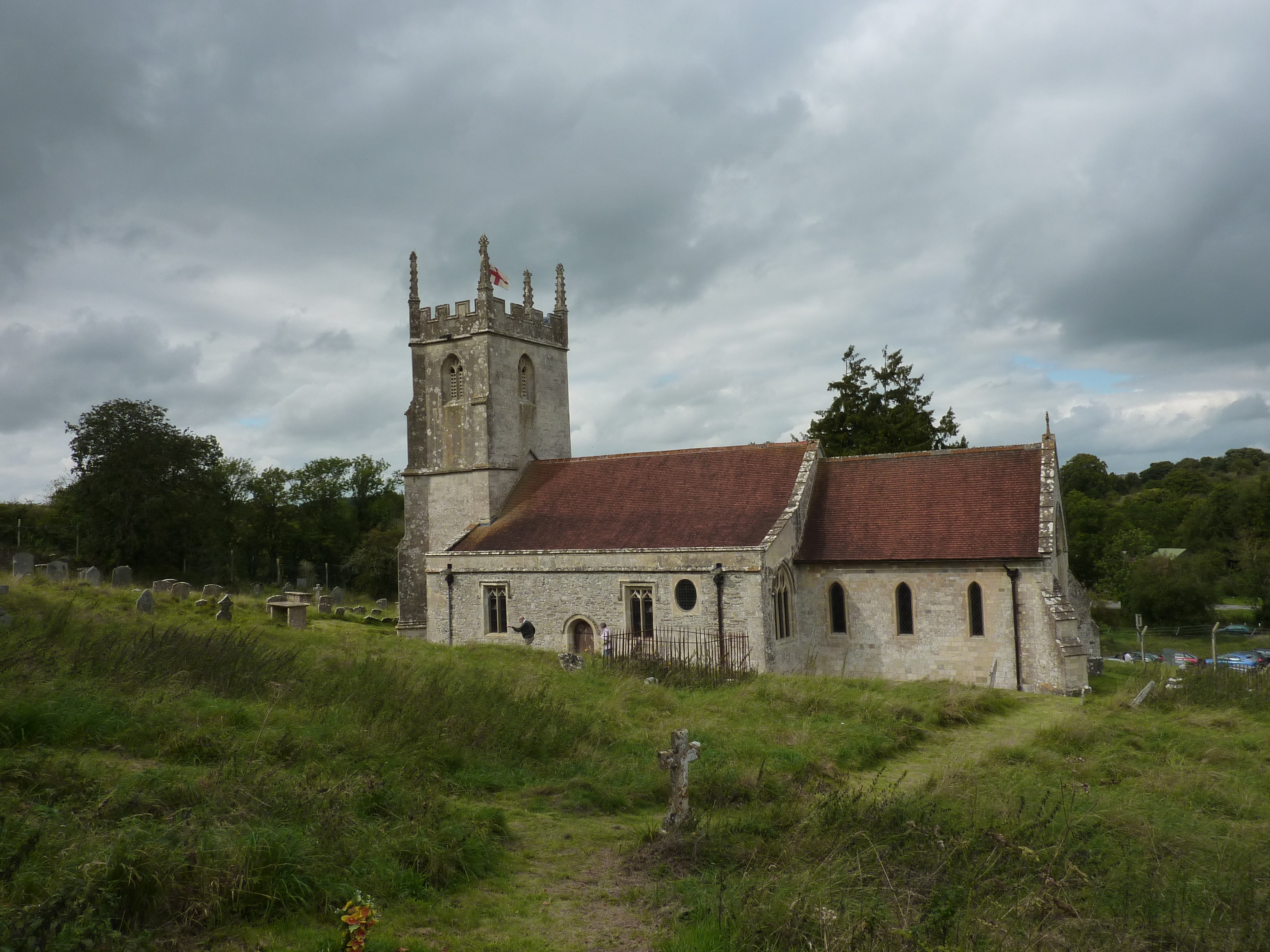Cheverell Down
Downs, Moorland in Wiltshire
England
Cheverell Down

Cheverell Down is a prominent area of downs and moorland located in Wiltshire, England. It covers an expansive area of approximately 1,200 hectares and is part of the Salisbury Plain, a vast chalk plateau in southern England. The down is situated near the villages of Market Lavington and Erlestoke.
Characterized by its rolling hills, Cheverell Down offers breathtaking panoramic views of the surrounding countryside. The landscape is predominantly comprised of chalk grassland, scattered with diverse wildflowers, including orchids and cowslips, which add vibrant colors to the area during the spring and summer months. Additionally, the down is home to a range of wildlife, such as rabbits, hares, and various bird species, making it an ideal spot for nature enthusiasts.
The historical significance of Cheverell Down is also noteworthy. It is believed to have been inhabited since prehistoric times, with evidence of ancient burial mounds and earthworks scattered throughout the area. Furthermore, the down served as an important training ground for the military during World War II and still sees occasional military exercises today.
Cheverell Down is a popular destination for outdoor activities, including walking, hiking, and birdwatching. Numerous footpaths and trails crisscross the area, allowing visitors to explore its natural beauty at their leisure. The down is also a designated Site of Special Scientific Interest (SSSI), ensuring its conservation and protection for future generations to enjoy.
If you have any feedback on the listing, please let us know in the comments section below.
Cheverell Down Images
Images are sourced within 2km of 51.251746/-2.0568342 or Grid Reference ST9650. Thanks to Geograph Open Source API. All images are credited.











Cheverell Down is located at Grid Ref: ST9650 (Lat: 51.251746, Lng: -2.0568342)
Unitary Authority: Wiltshire
Police Authority: Wiltshire
What 3 Words
///appeal.correct.discussed. Near Erlestoke, Wiltshire
Nearby Locations
Related Wikis
Wessex Ridgeway
The Wessex Ridgeway is a long-distance footpath in southwest England. It runs 136 miles (219 km) from Marlborough in Wiltshire to Lyme Regis in Dorset...
Great Cheverell Hill
Great Cheverell Hill (grid reference ST966520) is a 33.2 hectare biological Site of Special Scientific Interest at Great Cheverell in Wiltshire, notified...
St Giles' Church, Imber
St Giles' Church is in the deserted village of Imber, Wiltshire, England, which since 1943 has been within the British Army's training area on Salisbury...
Imber
Imber is an uninhabited village and former civil parish within the British Army's training area, now in the parish of Heytesbury, on Salisbury Plain, Wiltshire...
Nearby Amenities
Located within 500m of 51.251746,-2.0568342Have you been to Cheverell Down?
Leave your review of Cheverell Down below (or comments, questions and feedback).









